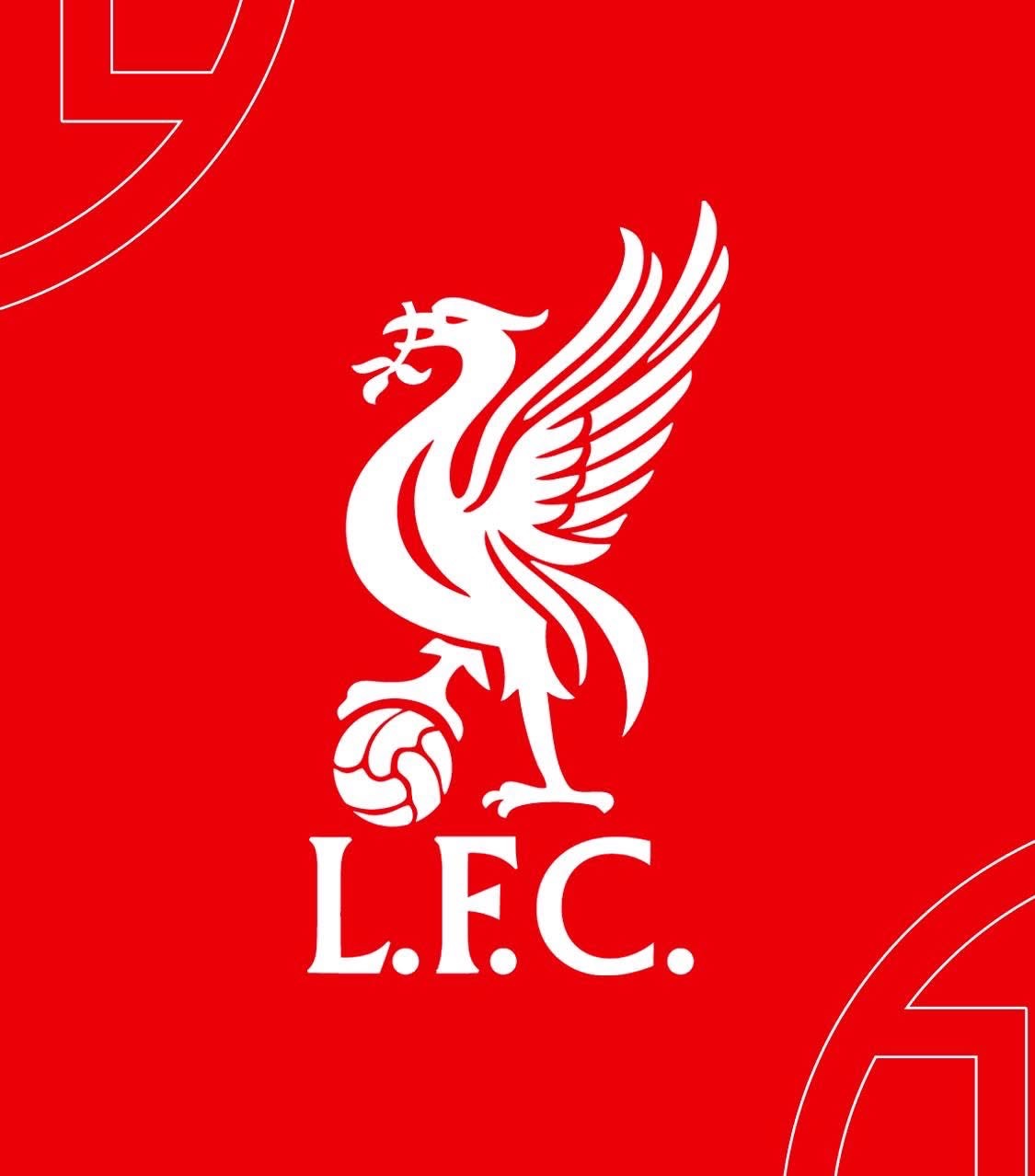The contrasting moods captured in recent images around the club paint a vivid story of transition, responsibility and the weight of expectations that come with leading a top football institution.
The first scene shows a senior figure within the coaching setup seated confidently against a club-branded backdrop. His relaxed posture and warm expression reflect assurance — the kind that signals clarity of purpose and belief in the direction the team is heading. It is the image of someone who understands the culture of the club and remains committed to steering it with conviction.
Beside this moment of composure is another snapshot showing a member of the coaching staff absorbed in deep thought. Seated and leaning forward, he carries the contemplative look of someone evaluating strategies, decisions and the many micro-details that define elite performance. This contrast between calm leadership and intense tactical reflection highlights the dual nature of modern football management.
The final scene shifts to the stands, where a club leader stands among executives, supporters and younger spectators. His applause appears measured, almost reflective, as though acknowledging both the achievements of the past and the challenges still ahead. Around him, the presence of boardroom figures and family-like faces reinforces the idea that leadership extends beyond the touchline — into the realms of vision, long-term planning and organizational unity.
Together, these visuals tell a larger story: a club navigating change, driven by a blend of strategic thought, emotional intelligence and unwavering support from its hierarchy. It is a reminder that success is built not only on tactics and talent, but on a shared commitment from every layer of the institution.


